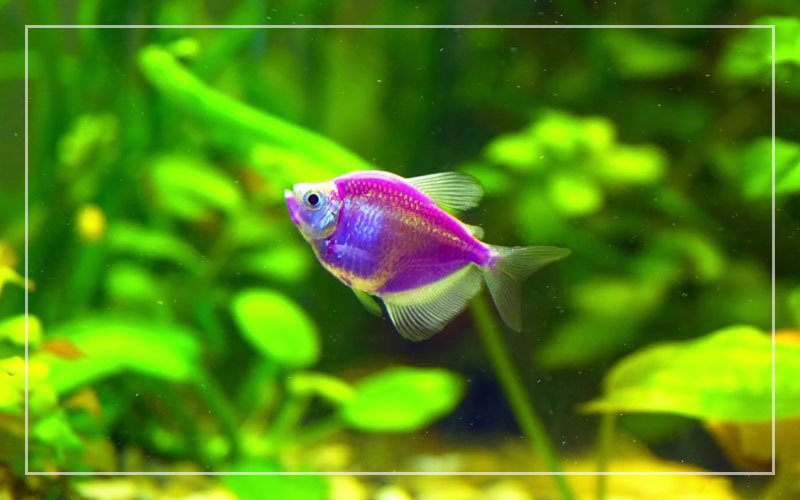Severum Chiclid
$20.00
(Heros severus)
Description
The severum cichlid (Heros severus) is a hardy fish with some pretty interesting nicknames. You might see it called the “poor man’s discus” or the “banded cichlid.” Whatever name it goes by, these freshwater fish can be a joy to raise in captivity. Thanks to their relatively easy-going nature, you have more options when creating a community tank. The severum cichlid can cohabitate with others or live on its own. The choice is yours! In the wild, this species is from South America. It primarily lives in the Upper Occhino and Rio Negro Basins. They typically reside in slow-moving rivers full of vegetation. Appearance When you hear the name “severum cichlids,” it’s usually referring to the species known as Heros severus. But technically, there are a handful of different severum cichlid species. The primary severum cichlid (Heros severus) has several defining traits. It’s usually yellow-gold in color and sports subtle orange accents. In many cases, the orange spots become more intense with age. Depending on the exact species of fish you have, you might also see more high-contrast color morphs. Some fish have large, vertical stripes of black. Others have high-contrast dots that perfectly complement the stripes and yellow-gold base. You may even find fish with touches of green or blue. There’s a lot of variation with this species, making them sought-after among collectors and hobbyists. Despite the color variety, all fish of this species have some defining characteristics. The most noticeable is the body shape. Severum cichlids have a compressed and slender body. They look like flattened cichlids, sporting a vertically rounded shape. It’s much different from other South American and African Cichlids making this species stand out. When you see a severum cichlid, you can understand why they have the nickname “poor man’s discus.” The body is oval, mimicking the iconic profile of the pricey discus fish. Severum cichlids also have pointed dorsal, anal, and pectoral fins. The dorsal and anal fins taper to an attractive point. In most cases, it extends past the caudal fin, creating a distinct circular shape.






